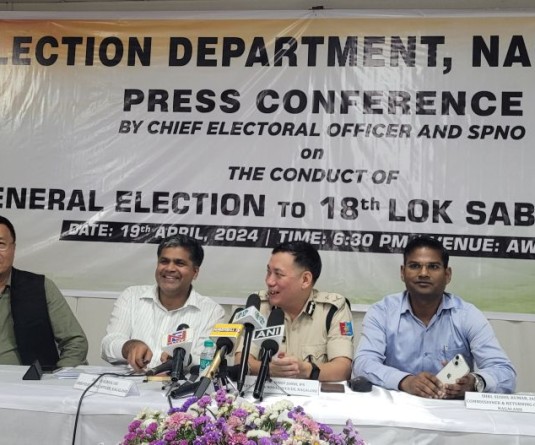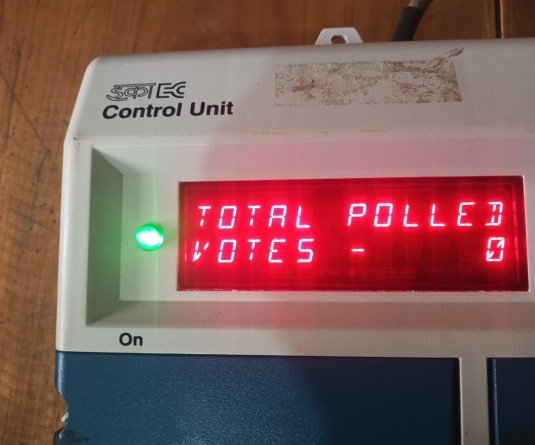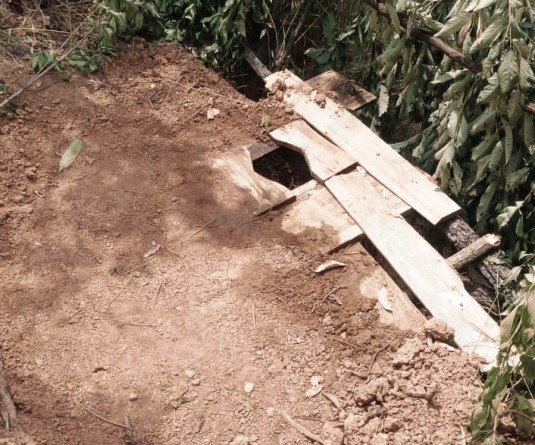
P Sainath speaks at the 9th Laadli Media Awards
Morung Express News
New Delhi | September 16
A women farmers’ collective in Kerala, called Kudumbashree, has gone beyond the concepts of food sovereignty and food security, into the realms of ‘food justice.’ The principle of food justice is thus: if 10 farmers produce 30 quintals of paddy on their collective land, “not a single kilogram shall be sold on the market until the needs of those 10 families are met. What is leftover can be taken to the market. That is justice because the producer shall never go hungry.”
P Sainath, eminent journalist and founder editor of the People’s Archive of Rural India, discussed about the Kudumbashree women farmers’ collective in Kerala while speaking as chief guest at the 9th Laadli Media and Advertising Awards for Gender Sensitivity 2017 held at the United Services Institute of India on Friday, September 14.
“You can have food sovereignty and still have millions of people starving in your country,” noted Sainath while highlighting how the Kudumbashree translates the theory of food justice to action, bringing larger dividends to society. The women of a Kudumbashree captured the local panchayat through elections and are now using the MNREGA to give themselves money to work; with the money they earned, they bought and themselves transported solar panels to their village, through wild elephant inhabited jungles, to become the first fully electrified solar powered panchayat in that region.
This was done through well thought out networks and practices. Kudumbashree introduced a Collective Farming initiative which is the “cultivation of fallow farm land taken on informal lease by groups of women with the support of panchayats and a community network,” stated The Kudumbashree Story web page. Sainath complemented this information by highlighting how these collectives have been so successful, banks are approaching them to offer them credit instead of the other way round!
Kudumbashree’s website noted that their technique “not only brings in significant changes in the lives of the poor but also helps to increase agricultural production by bringing fallow and cultivable waste land into agricultural use.
Women enter the programme as cultivators as opposed to agricultural labour and control the means of production and access to formal credit help in increasing the returns from farming.”
Such stories unfurling in rural India, propelled by its women farmers are almost completely missed by India’s “national” media. “Rural area coverage is limited to only 0.71 percent of news on the front pages of all national dailies, out of which agriculture covers about 0.67 percent only,” Sainath said. Of this, coverage of women farmers is lower still.
This is predominantly because, in Sainath’s opinion, prime news in Indian media is driven by revenue and profit—drawn most by crime, entertainment and sports—as opposed to representation of the people’s voices and actions unfurling in diverse ways across the country. “We live in a time when corporatization of the media has reduced journalism to essentially a revenue stream,” noted the journalist, author and educator.
With farmer collectives in various pockets of the countryside moving towards ‘food justice,’ including ones in Nagaland, it is important to spread these stories in a manner that more farmers have access to this information; such that just food practices can be shared and emulated by farmers across the region. The People’s Archive of Rural India was started to document and disseminate such stories, becoming a “living journal and an archive.”
The Laadli Media and Advertising Awards is an initiative that works to highlight and recognize such people’s stories, with particular focus on gender. Today such journalism has become “guerilla journalism” observed Sainath while “saluting” the winners of the Award and reminding the awardees that in journalism, “you sell your labour, you do not sell your soul.”





